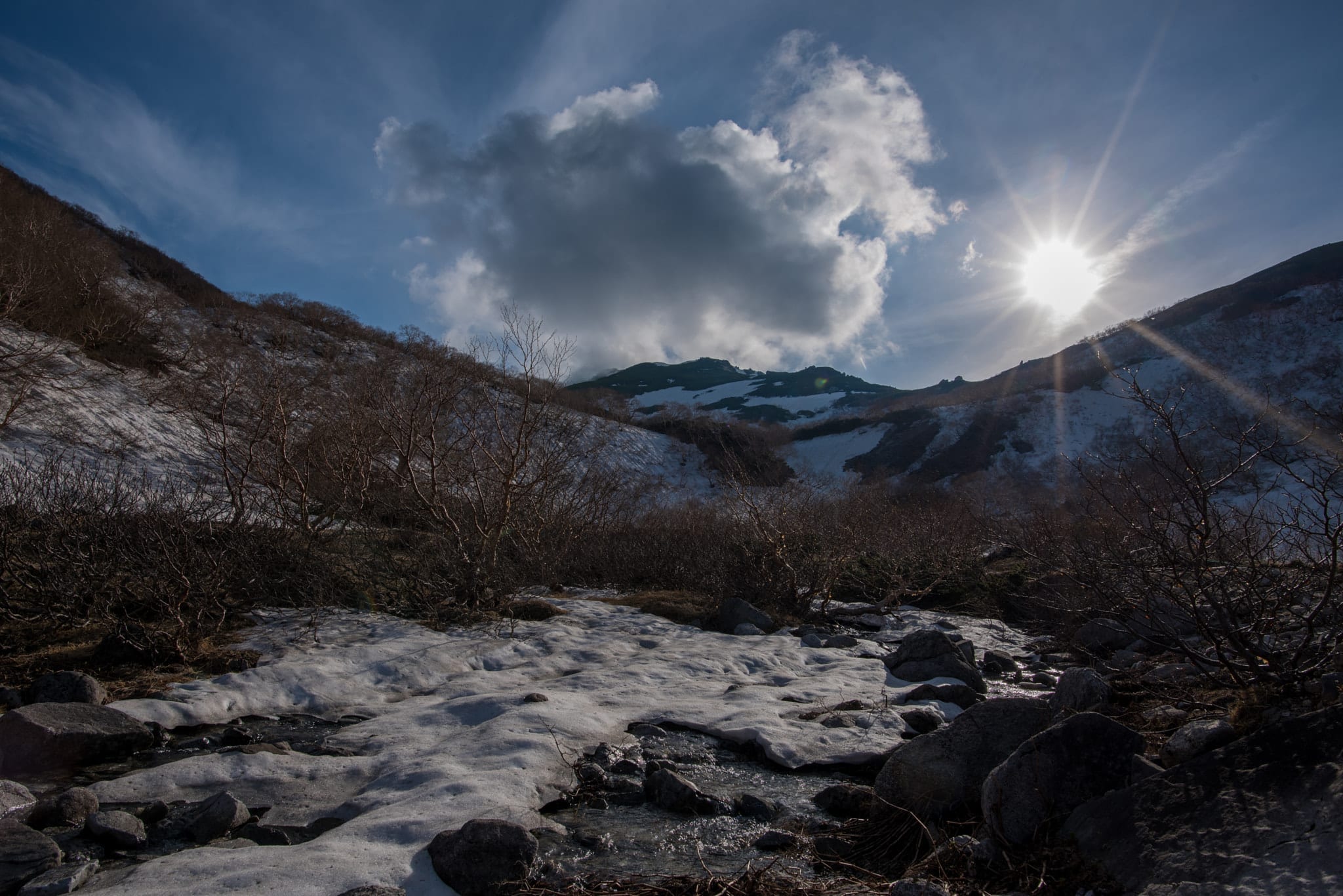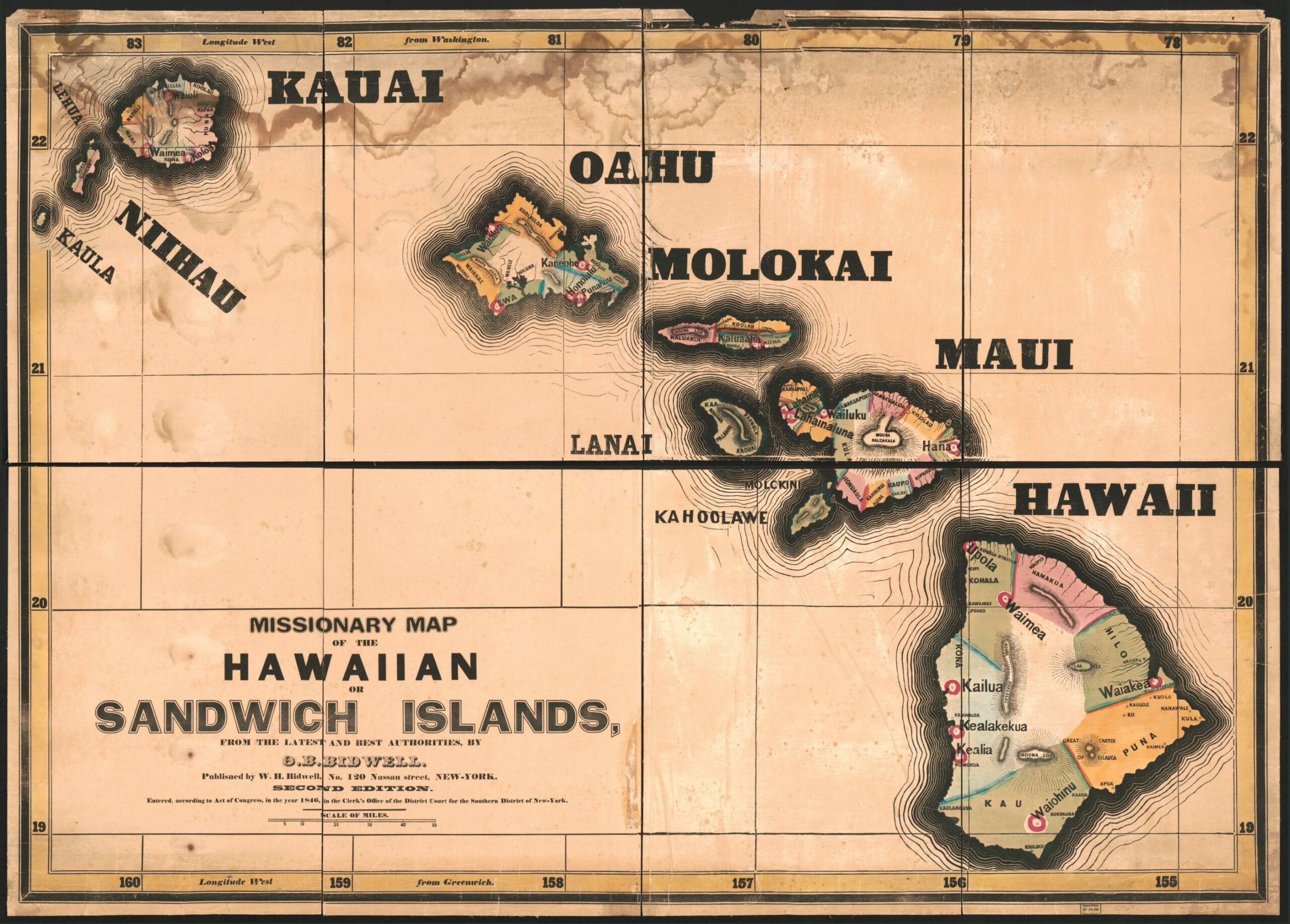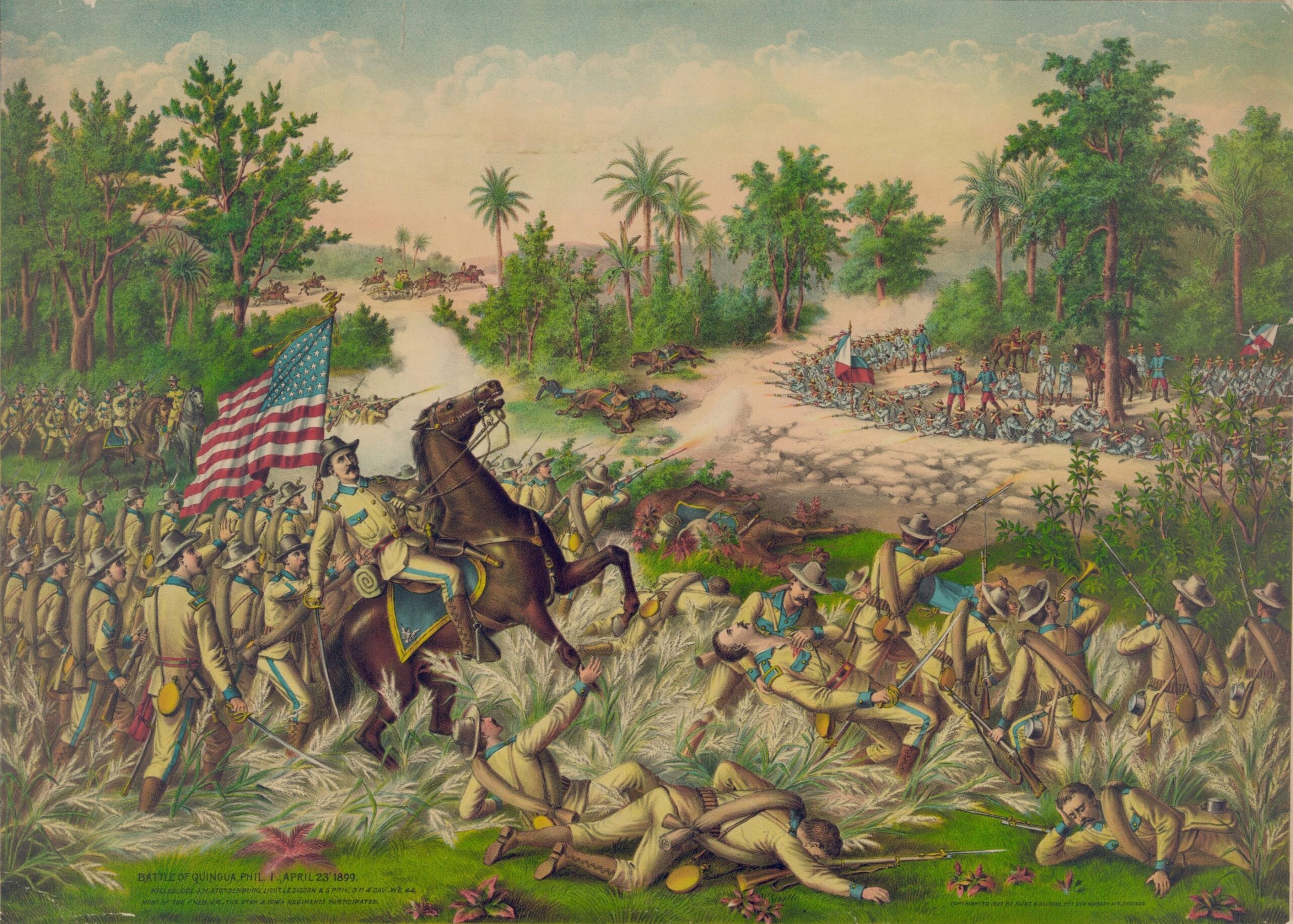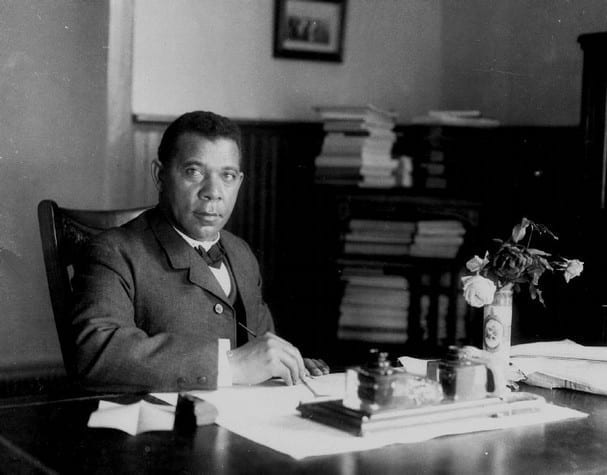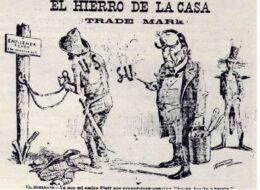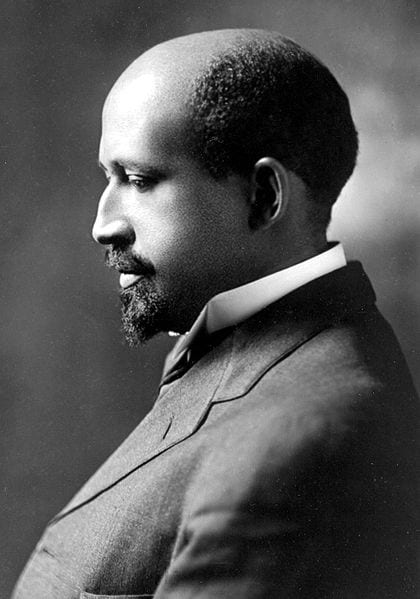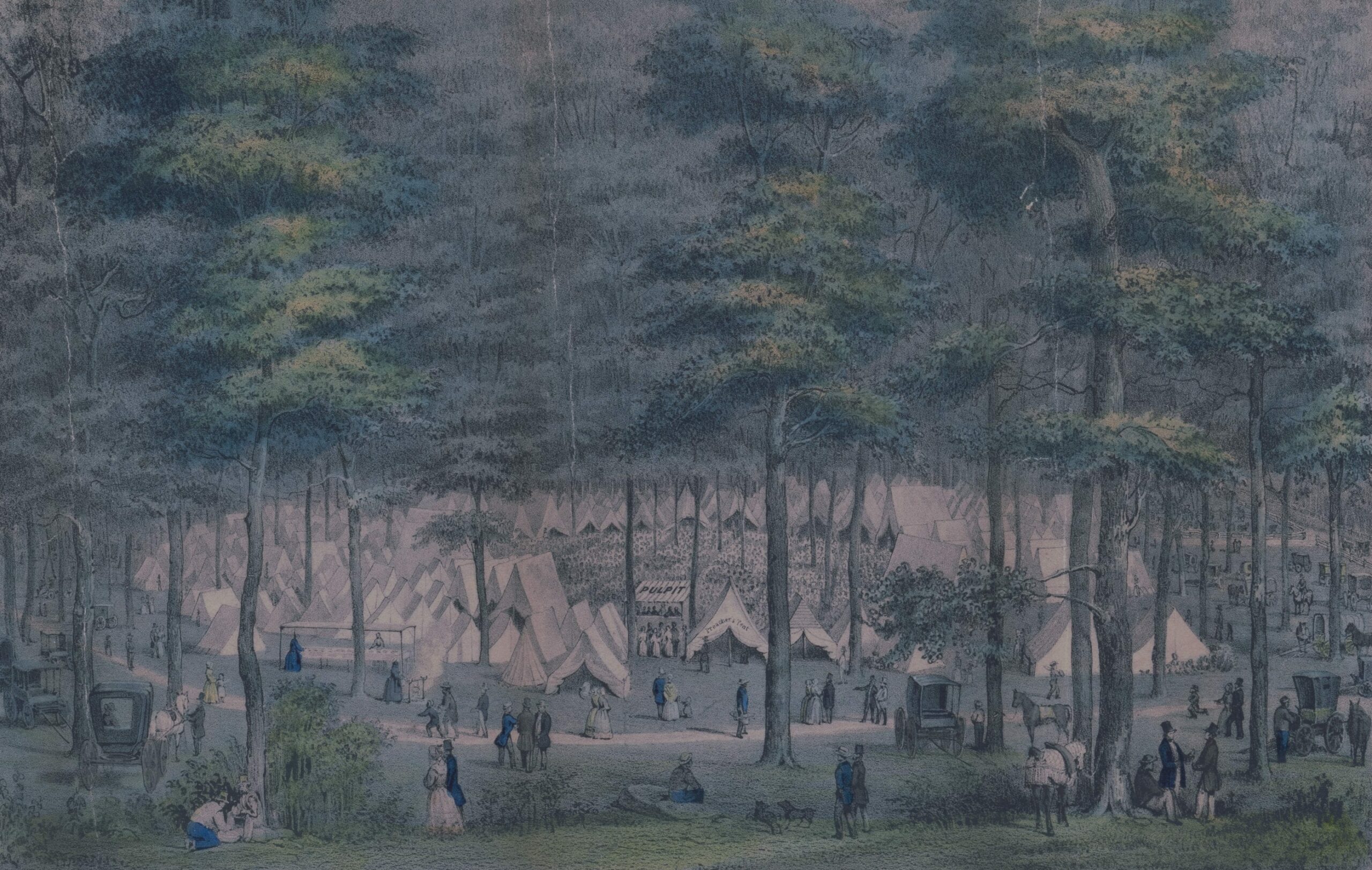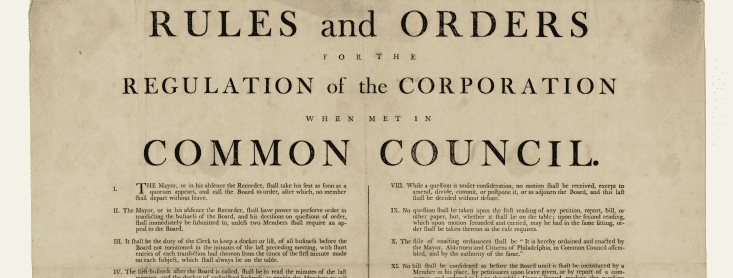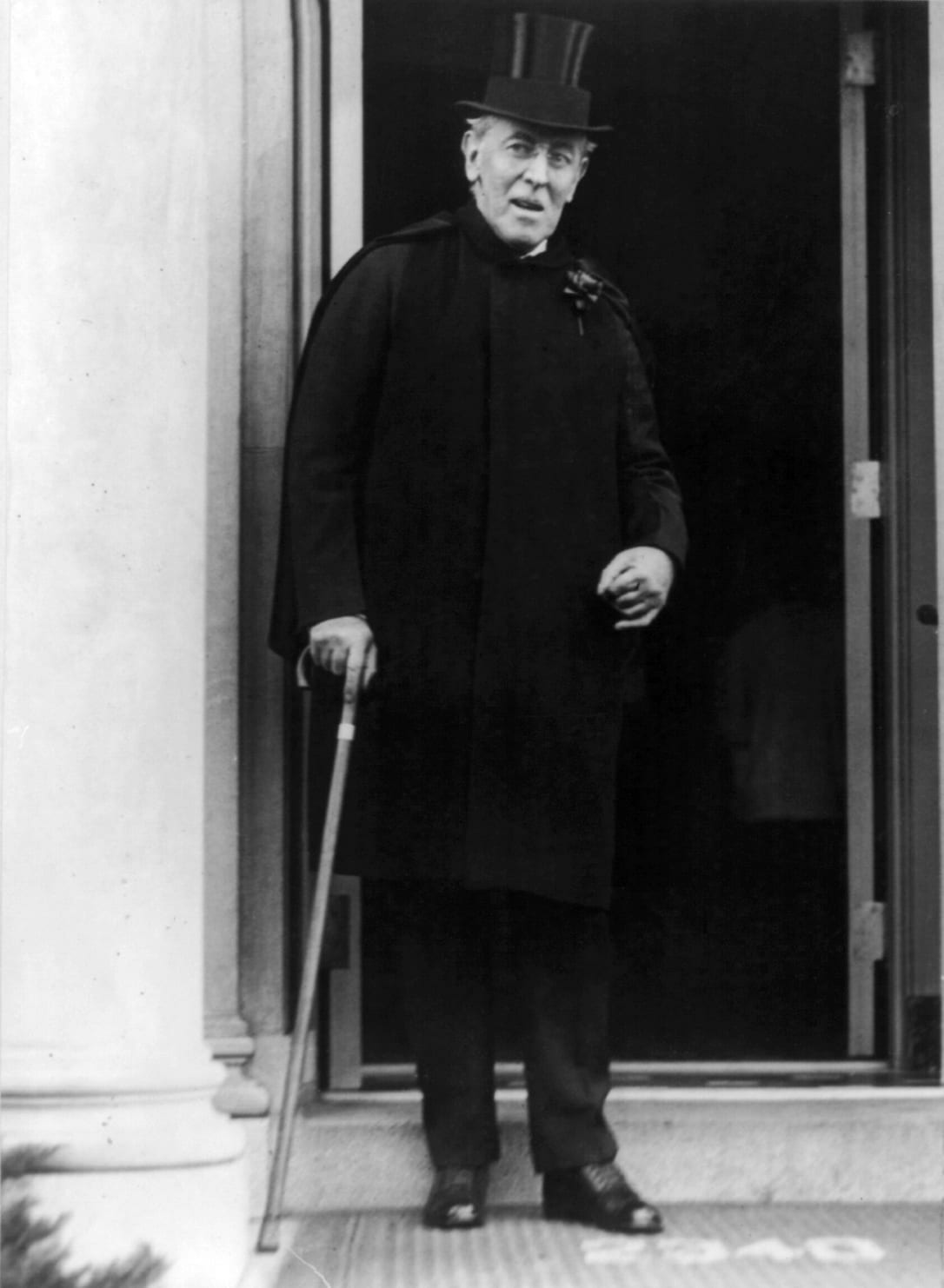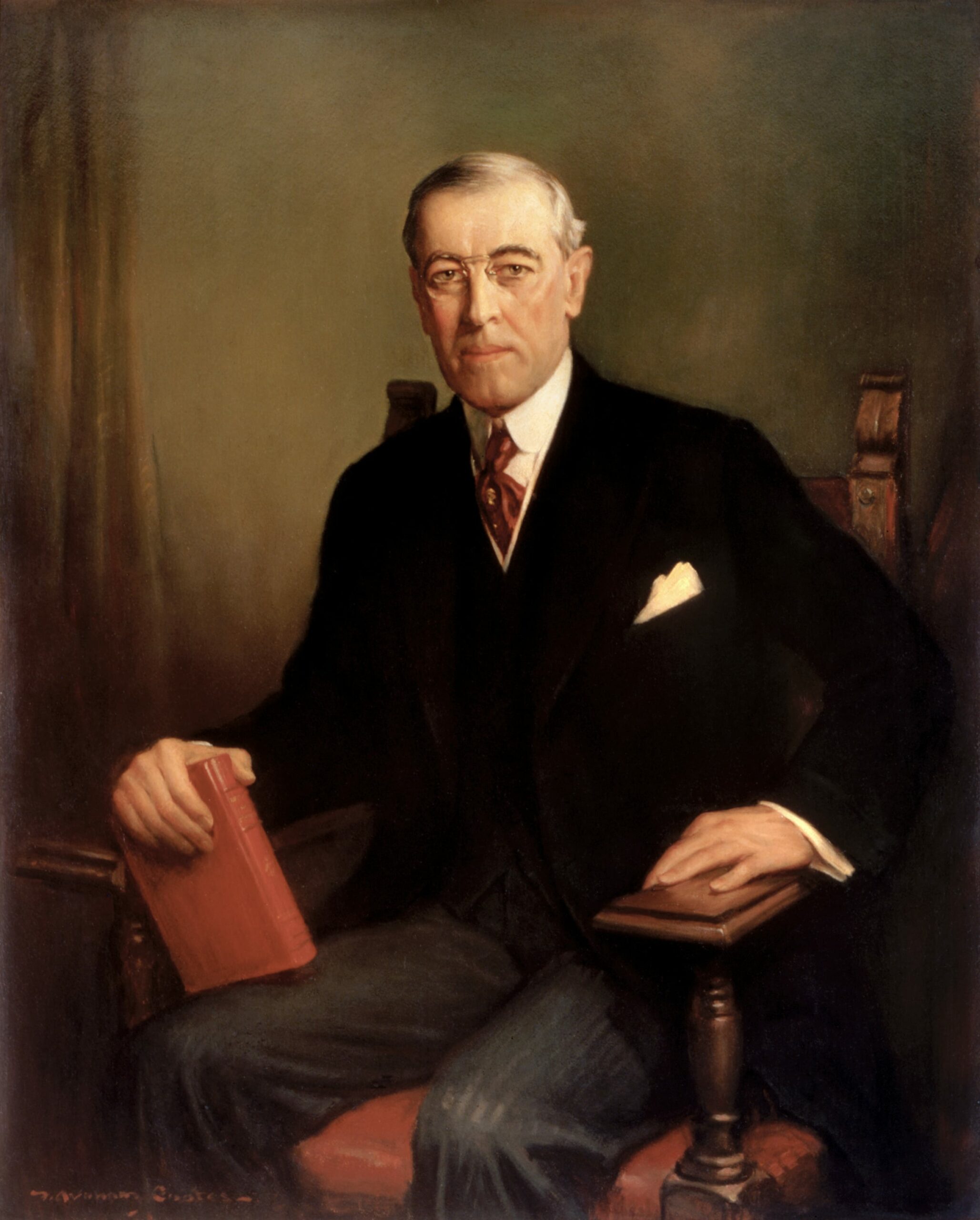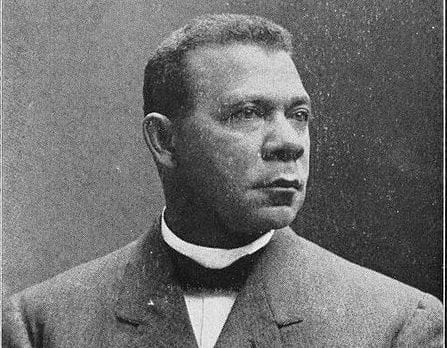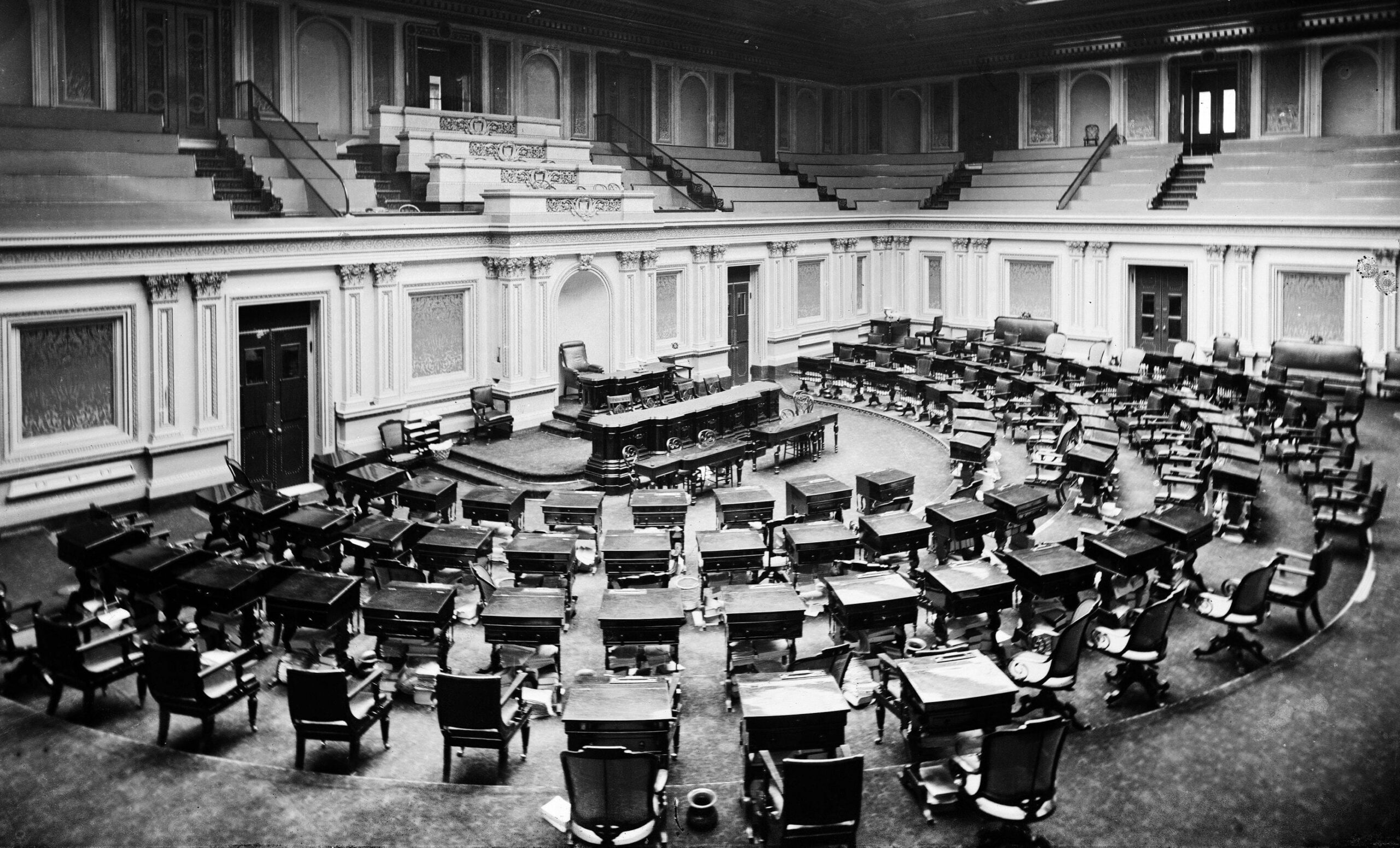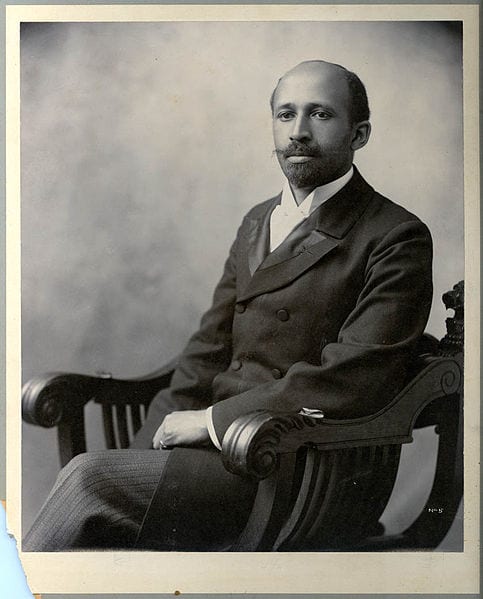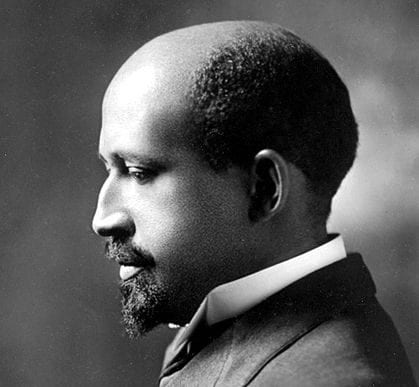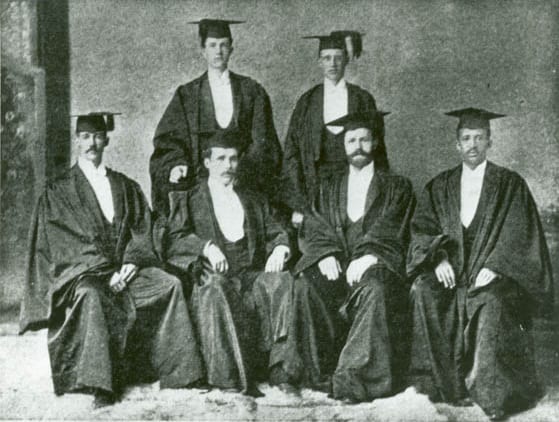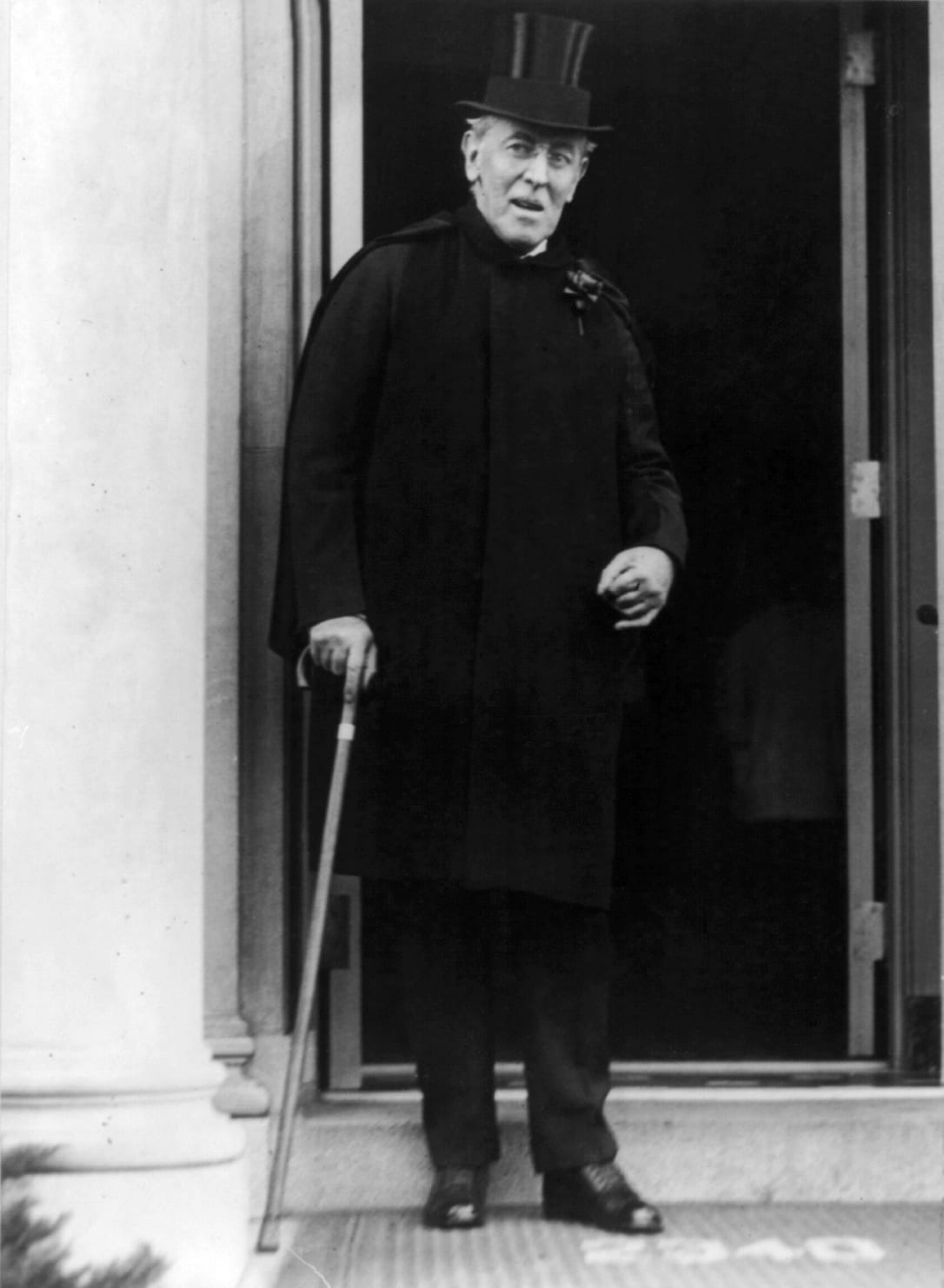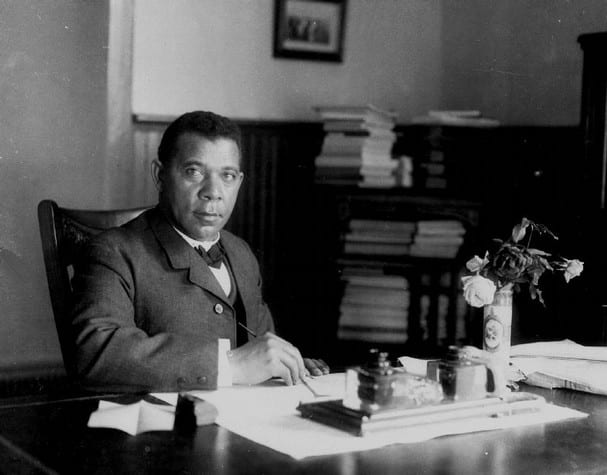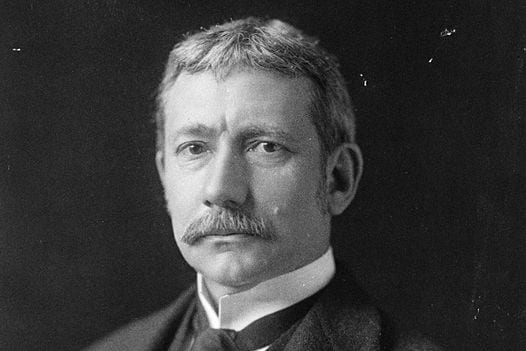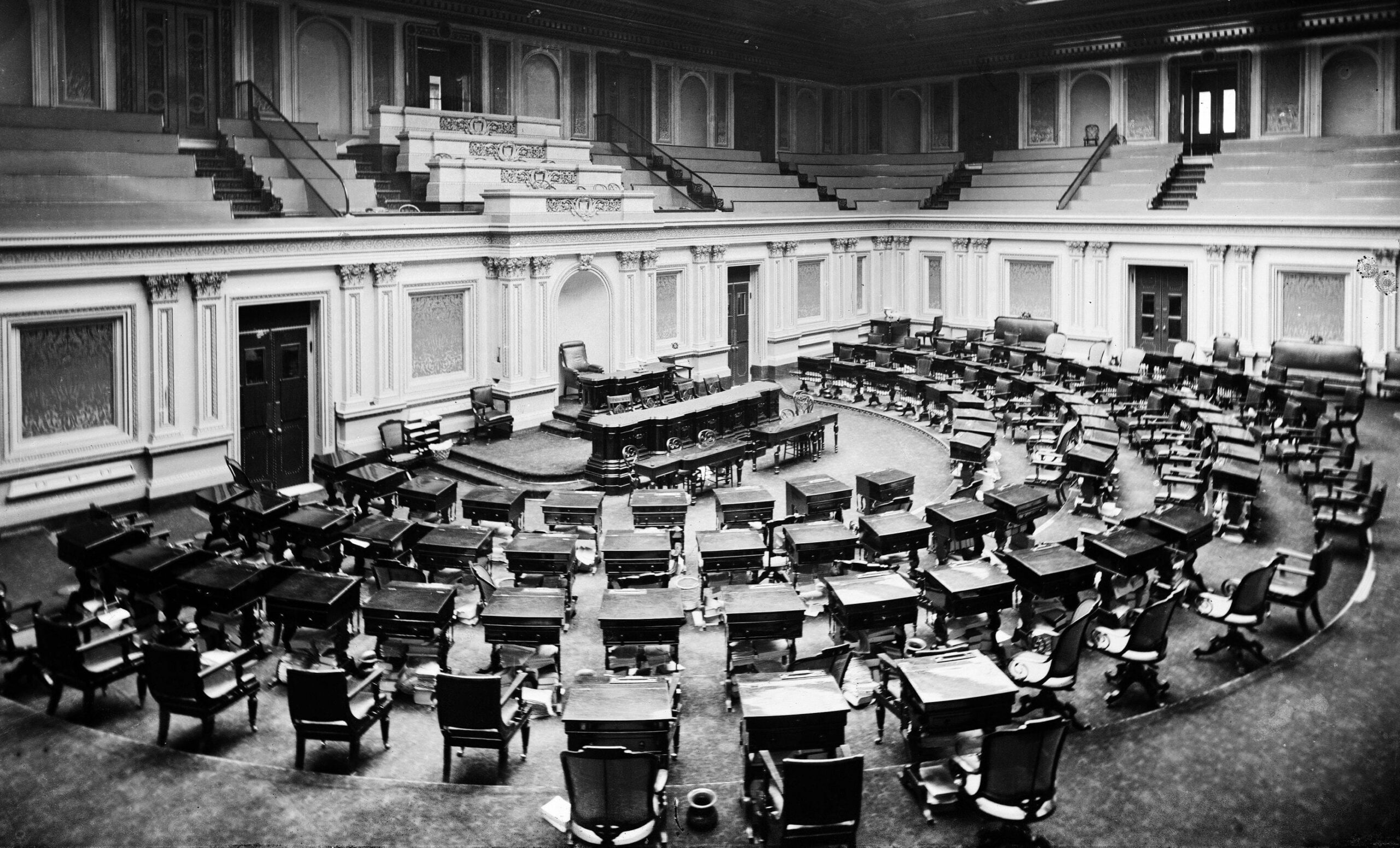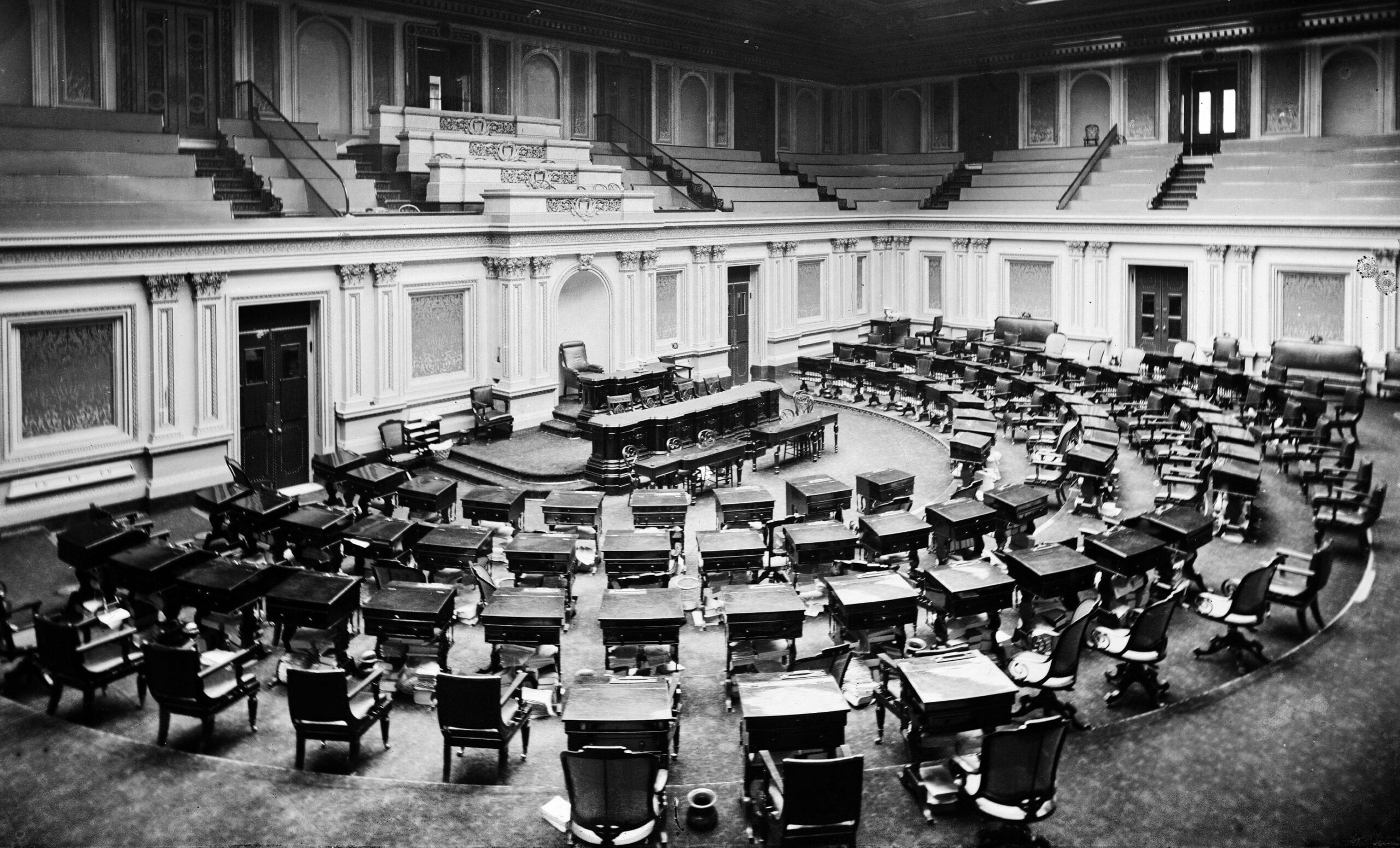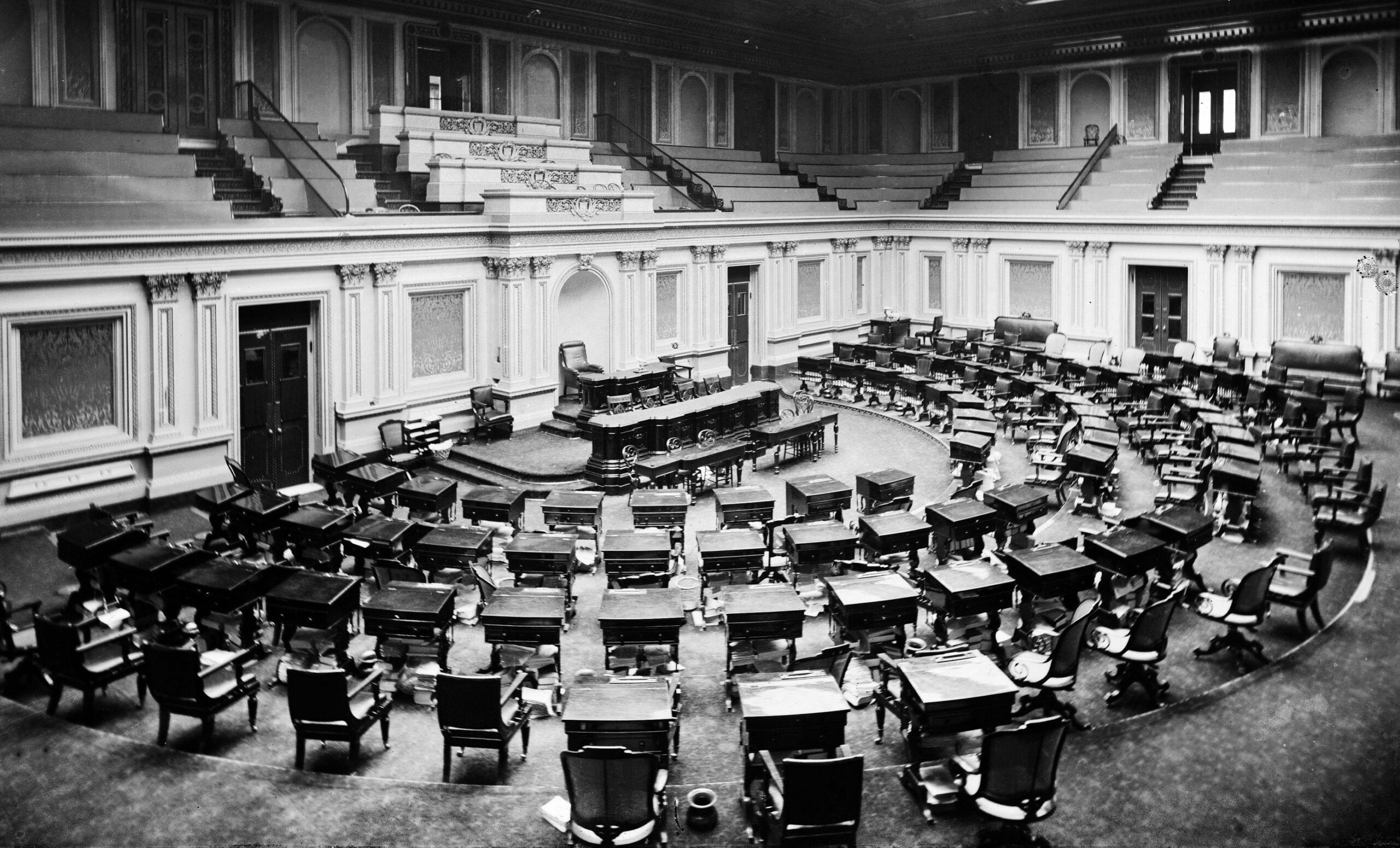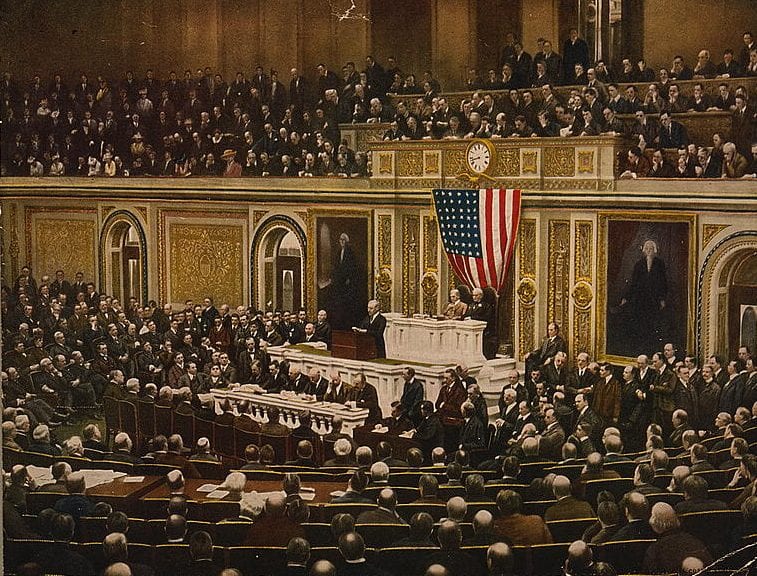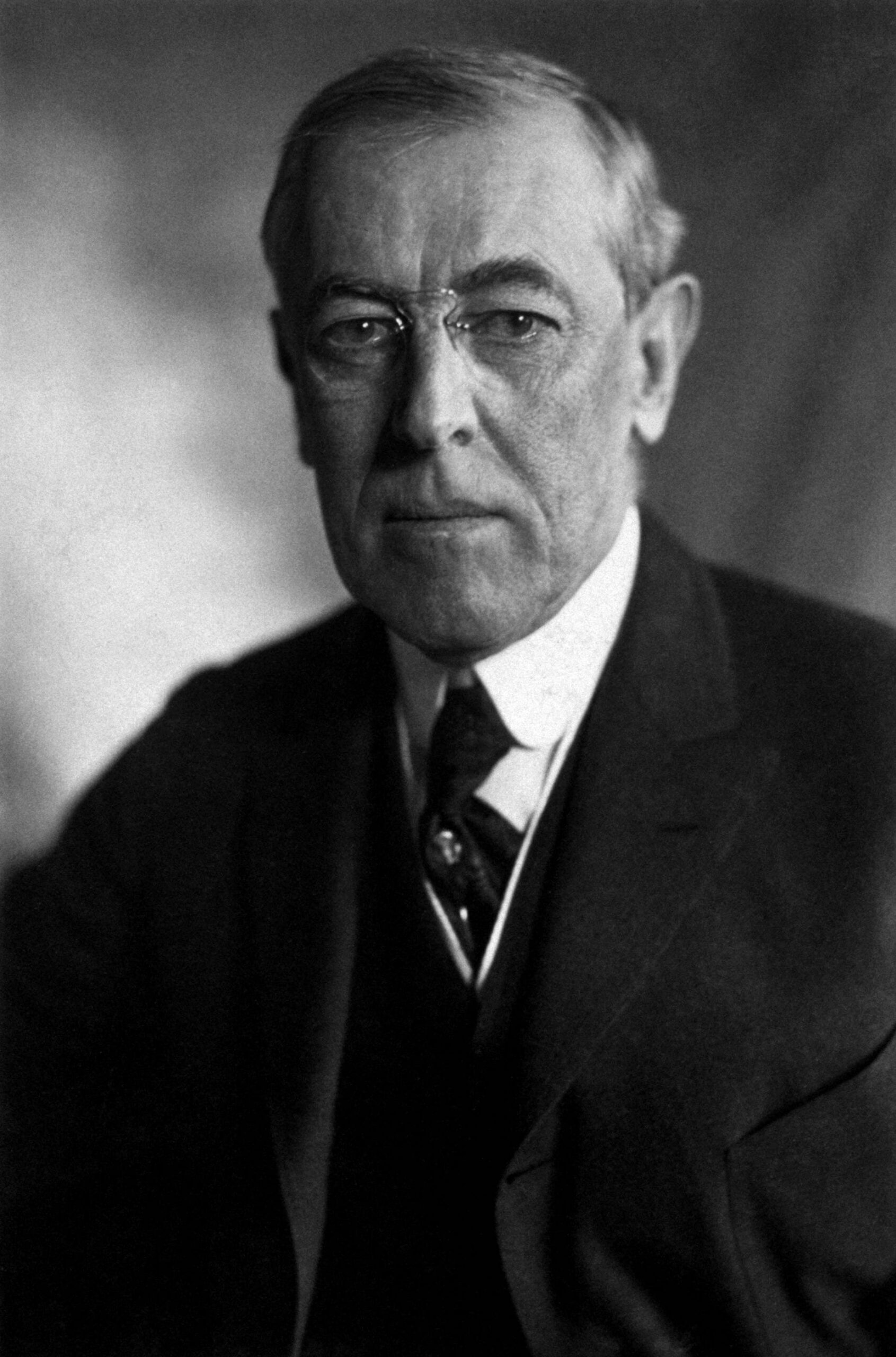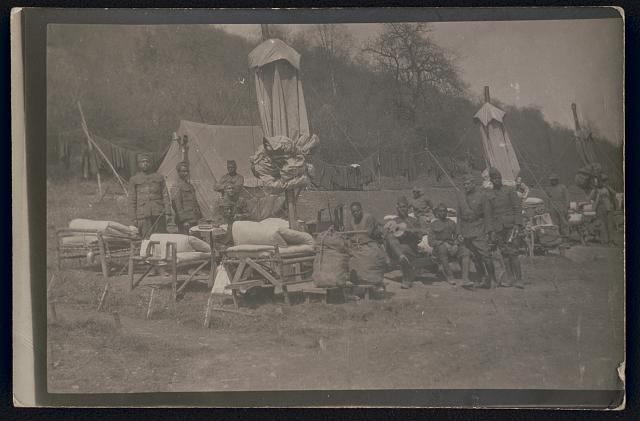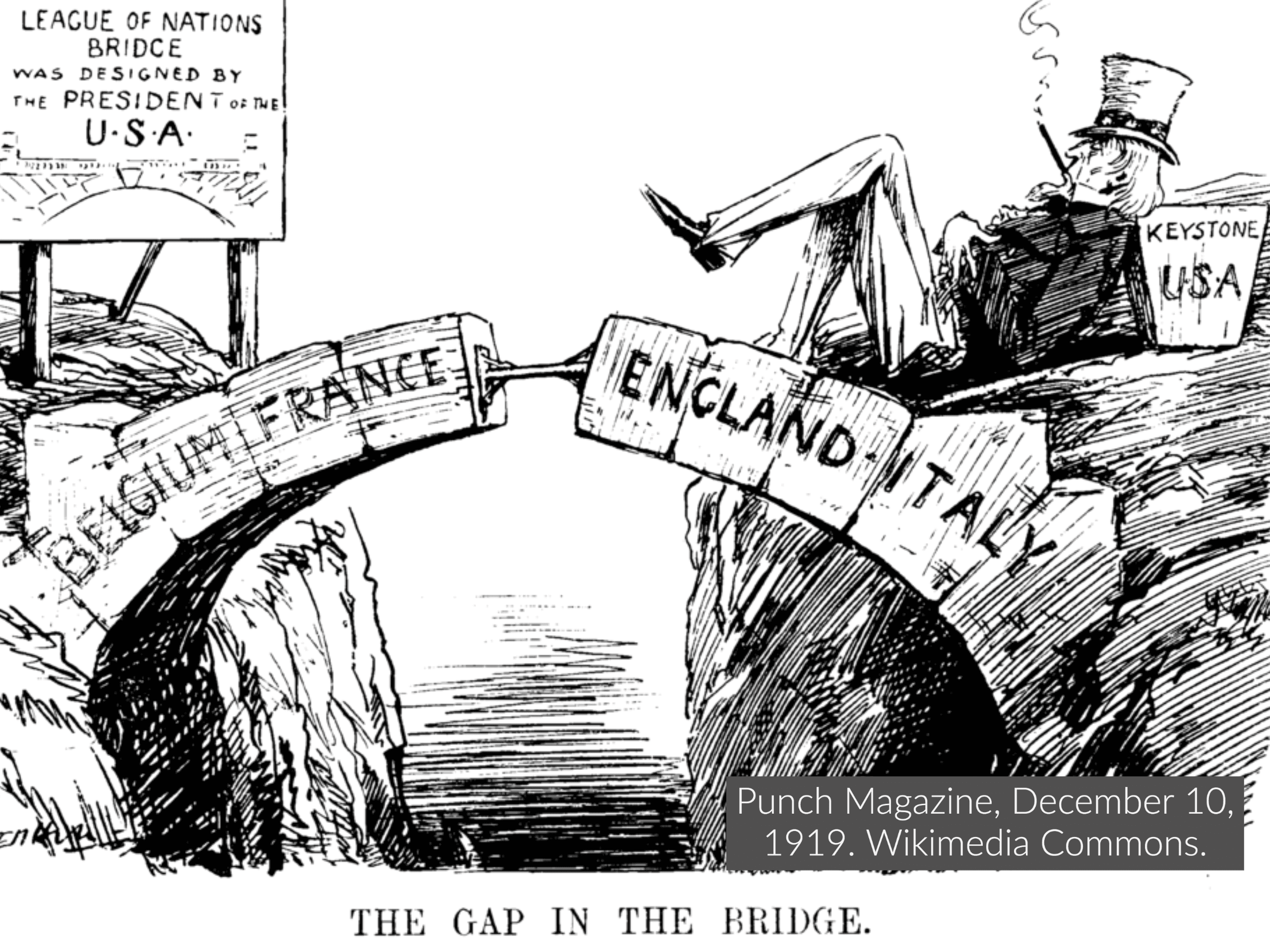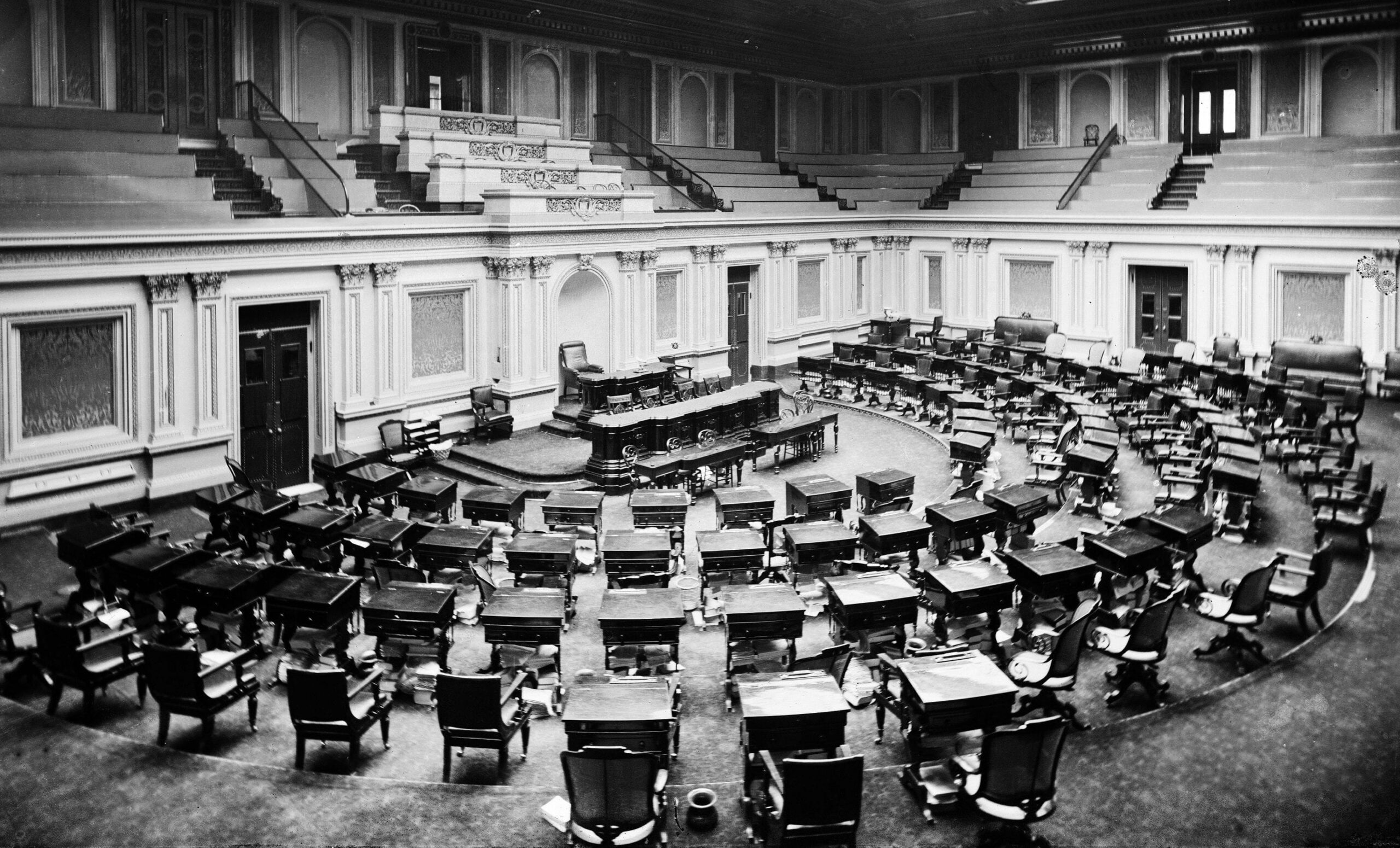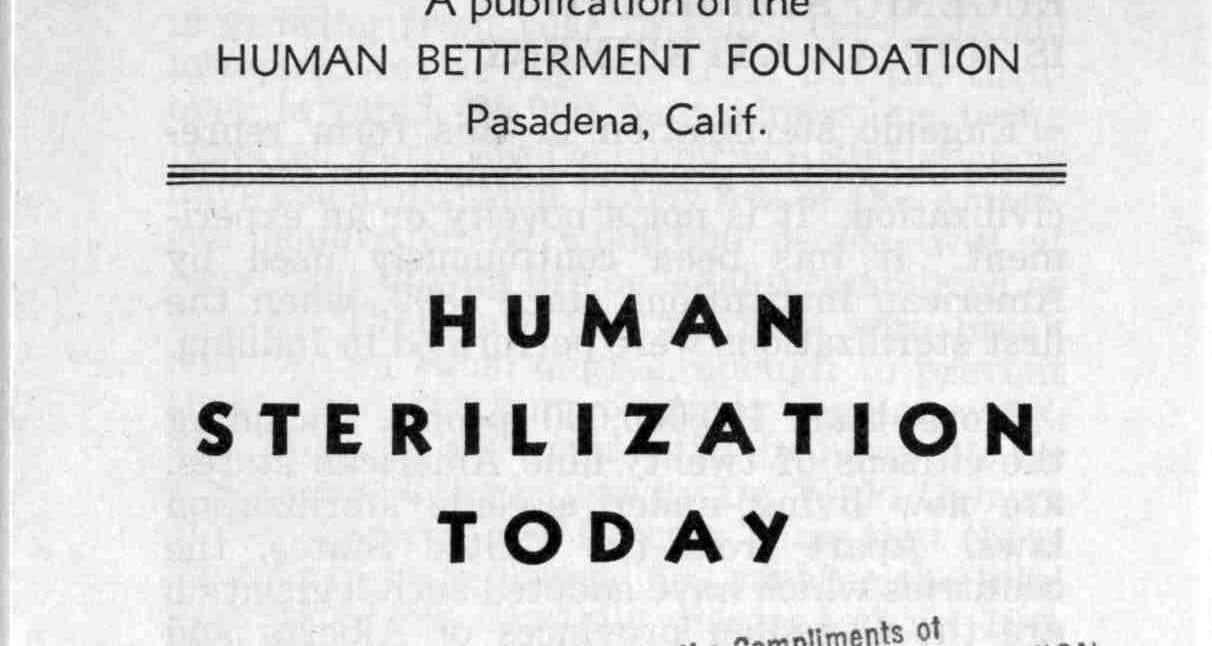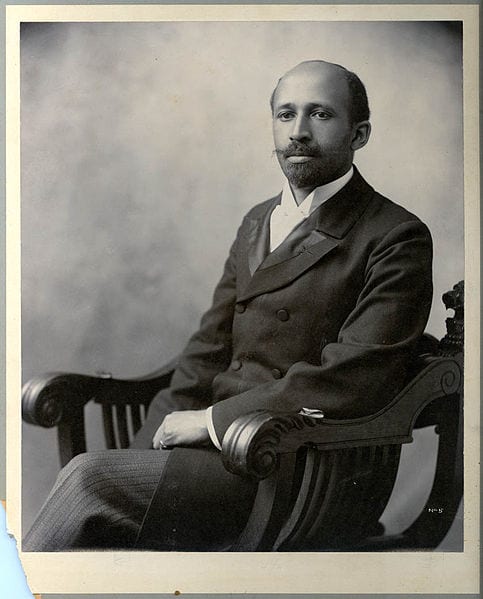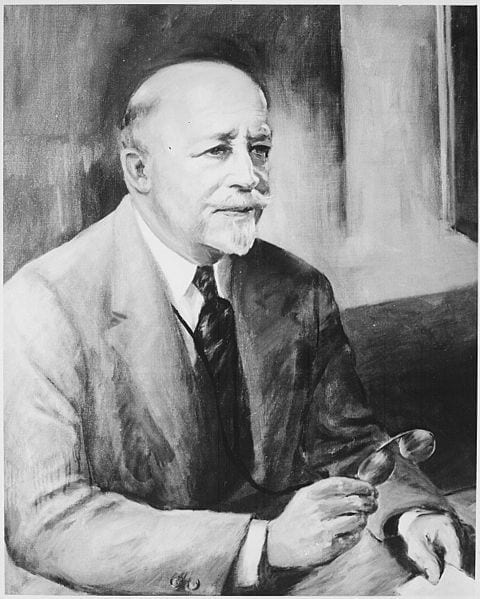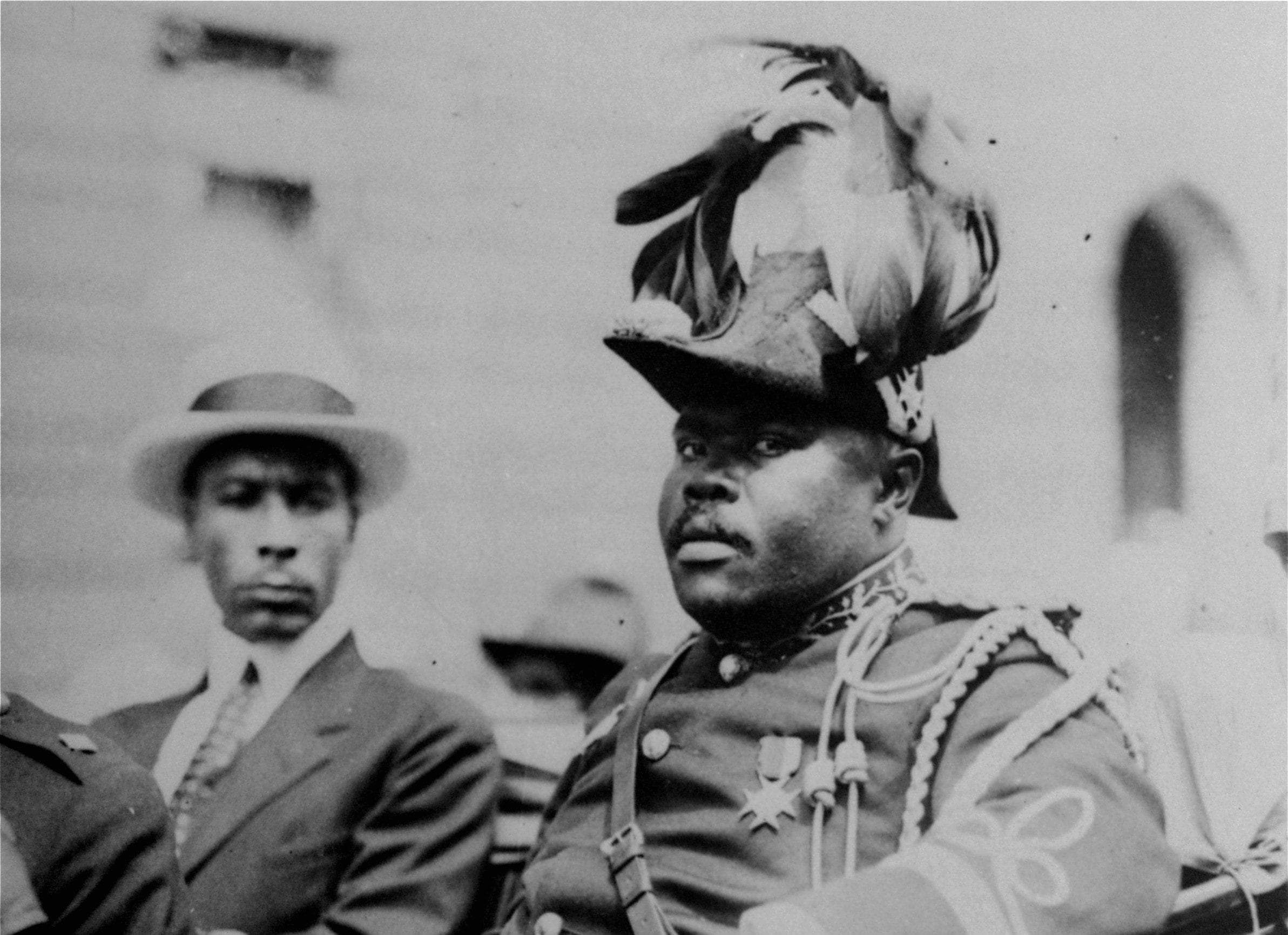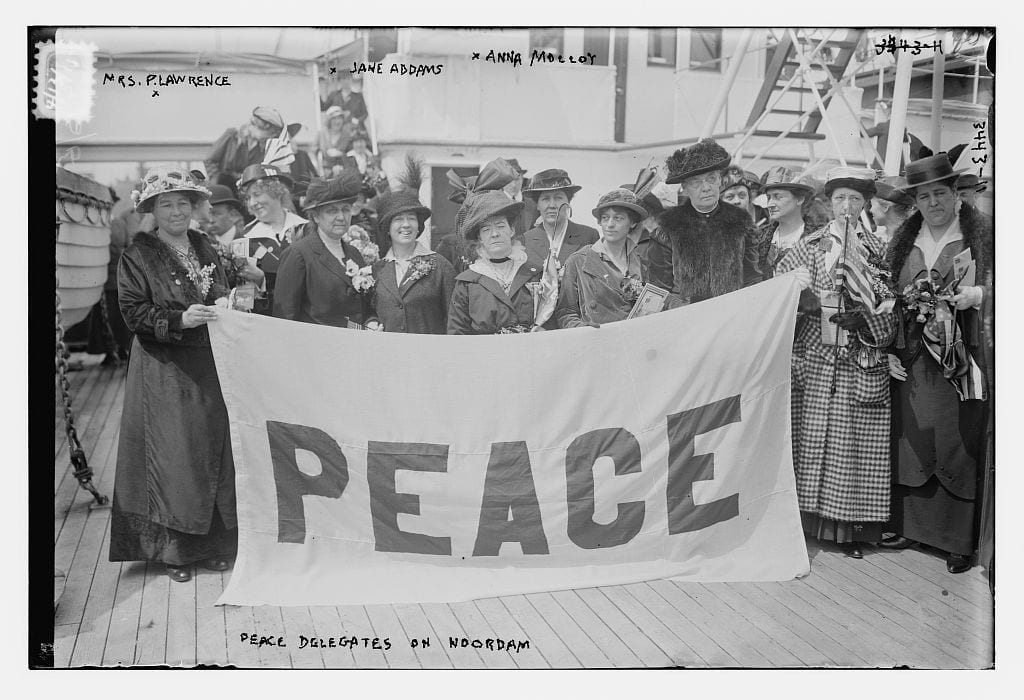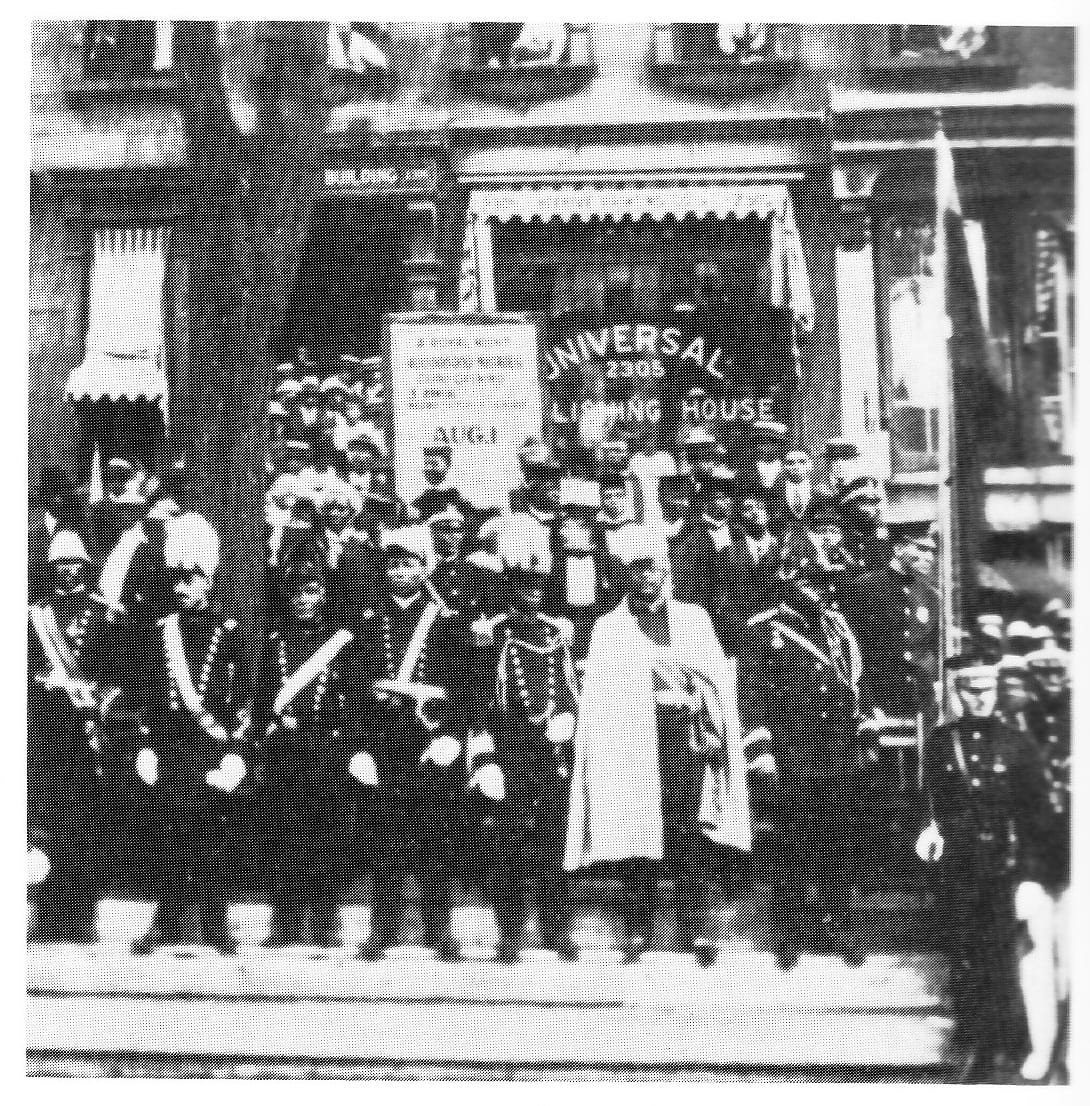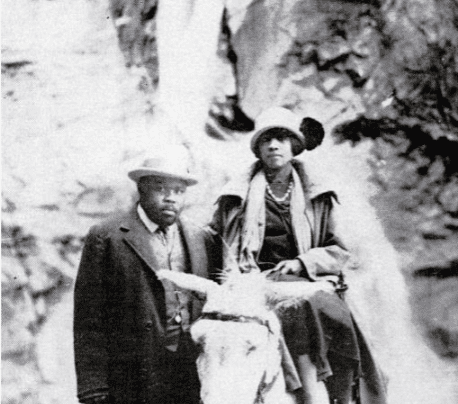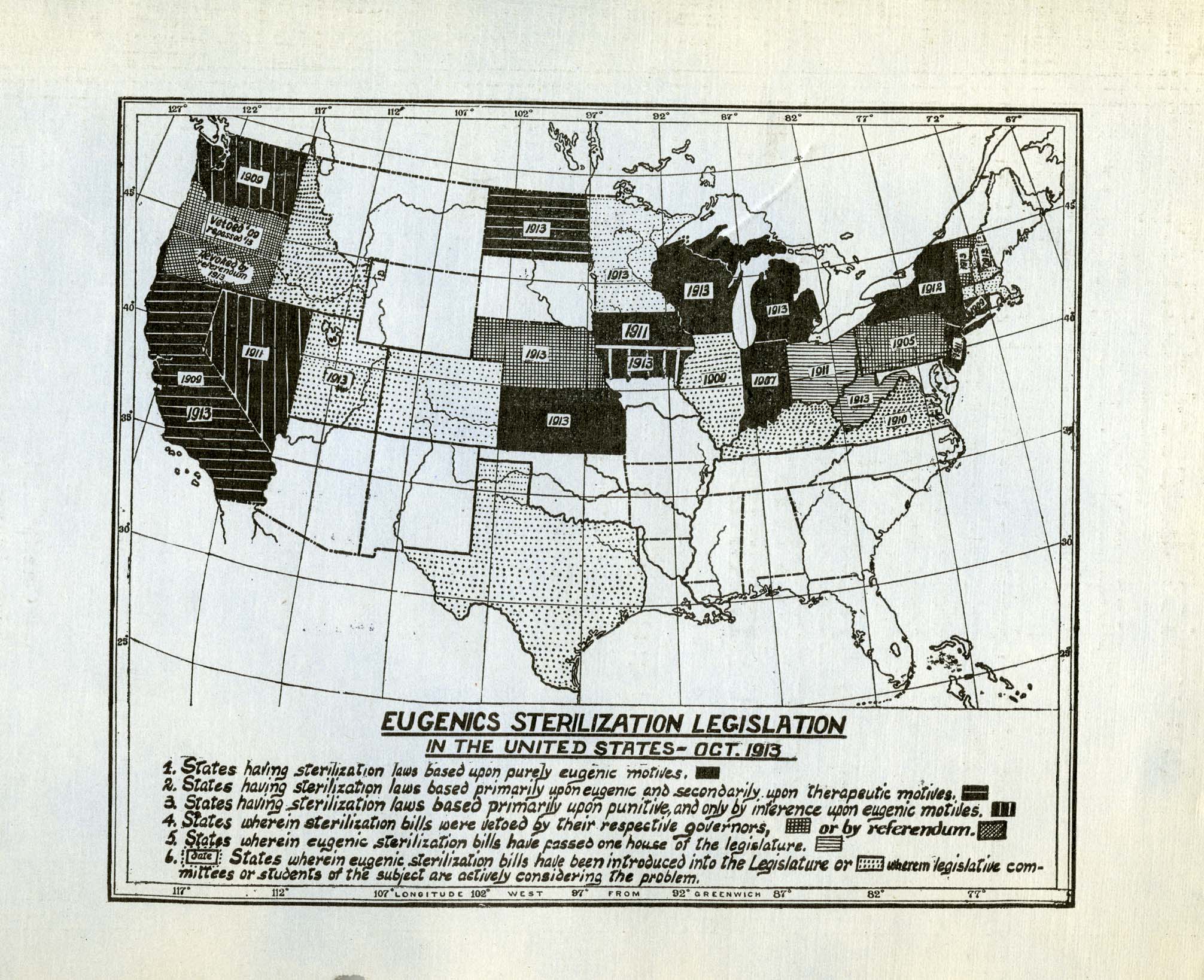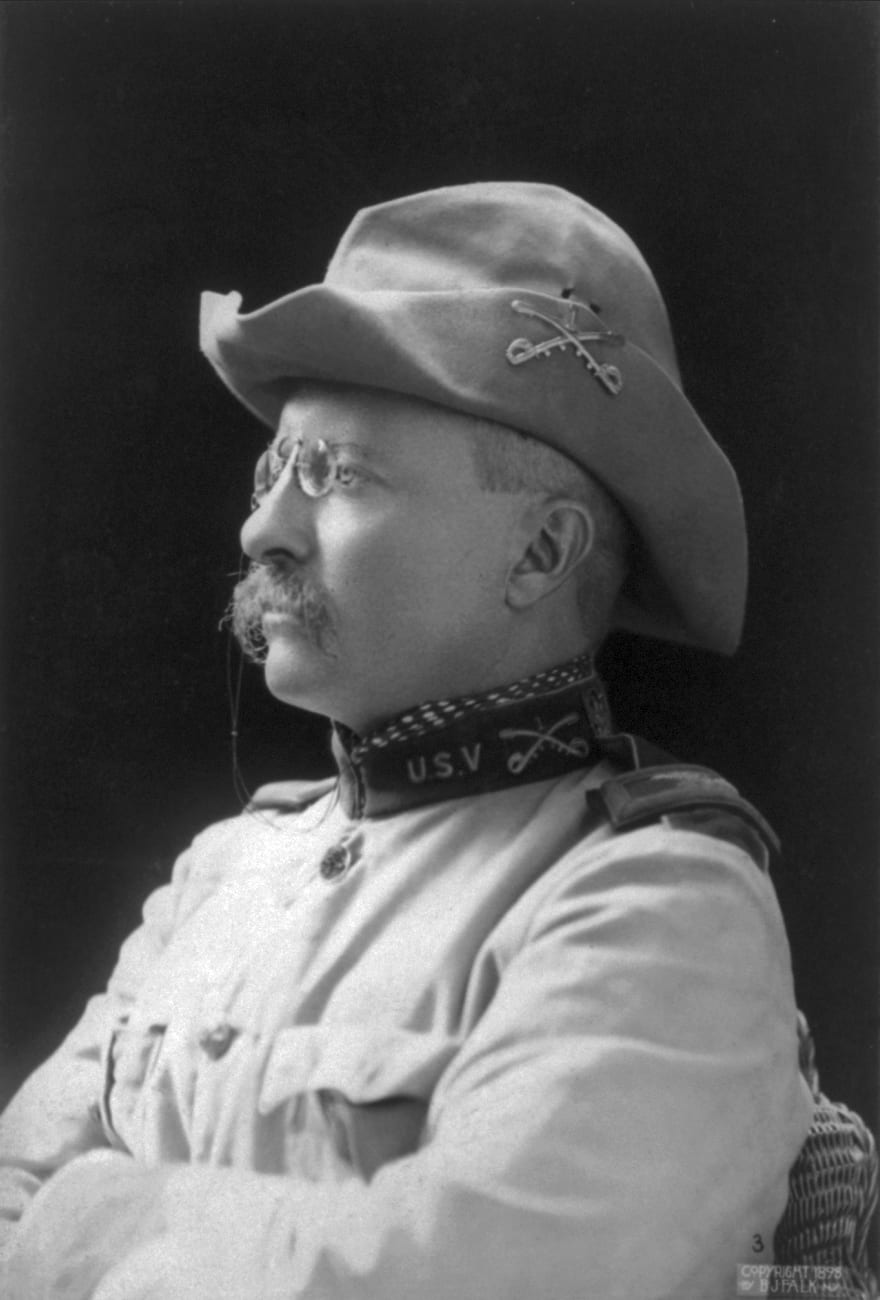At the coming Disarmament Conference at Washington Japan will be the cynosure of all eyes. Apparently she is the raison d’etre of the Conference, although a keen observer will not fail to detect various motives, not entirely pleasing, beneath the professed intentions of its promoters. Japan becomes a question because the great Powers of the Occident seem reluctant to observe the principle of live and let live in dealing with the peoples of the Orient. The Japanese problem is, in the last analysis, naught but an aspect of the broad and fundamental question of the inequitable distribution of the world’s land and natural resources. This basic question few seem courageous enough to discuss.
Before discussing the specific case of Japan, let us consider Asia as a whole. Asia’s total area measures some 17,206,000 square miles, of which 1o,ooo,ooo were before the war controlled by Western Powers as follows: Russia 6,495,970 square miles, England 1,998,220, Holland 586,98o, France 247,580, America 114,370, Germany 193. As the outcome of the war the small German possessions in China have been wiped out, but British and French possessions in Asia have increased by more than 100,000 square miles. Today, therefore, Europe and America control 1o,1oo,ooo square miles of Asia with vast mineral resources.
Roughly speaking, the land area of the earth measures 52,825,000 square miles; supporting 1,751,700,000 inhabitants. Of this total area the Caucasian peoples occupy or control about 46,146,084 square miles. It will be seen that the Caucasian race, having completed the occupation of Europe and the Americas, has conquered and secured control of the whole of Australasia, almost all Africa, the greater part of Asia, as well as the adjacent islands. And the Caucasian peoples who control so vast a territory number only 623,000,000. In other words, there are 13.5 Caucasians to each square mile of land. The Treaty of Versailles, instead of relieving this condition, has aggravated it. Have not the victorious Powers stretched their hands further in the direction of Levant, Arabia, Asia Minor, and Persia?
On the other hand, the native population of Asia numbers no less than 900,000,000. And yet they control only 6,679,000 square miles of territory, because Siberia and Turkestan are occupied by Russia, India by Great Britain, and Tongking and Cochin-China by France, while Tibet, Chinese Turkestan, Mongolia, and Northern Manchuria, aggregating 2,655,000 square miles, are fast passing under British or Russian control. In other words, there are 134.8 Asiatics to each square mile of Asiatic land.
It may, therefore, be safely said that Asia’s 900,000,000 souls have been expropriated of most of their territory and are today permitted to possess only 6,679,000 square miles. This, of course, does not mean that Asiatics have been evicted from the Asiatic territories controlled by Europeans, and that 900,000,000 people are actually compelled to live within the area of 6,679,000 square miles, i.e., 134.8 to the square mile. It is true that the natives of Asia are permitted to continue their habitation in India, Cochin-China, Siberia, and other Asiatic territories which have passed under the European scepter. But the fact remains that Asiatic nations are, by this process of expropriation, deprived of the opportunity to utilize the vast resources lying at their very doors.
It must be remembered that the Caucasian nations are always on the alert to exclude outside enterprises, and especially those of non-Caucasian peoples, from the territories they control. Even where they profess to follow the principles of free trade, they set up a barrier against non-Caucasian immigration. Moreover, by reason of their priority and their accumulated wealth, they have so firmly intrenched themselves that outsiders, most of all non-Caucasian outsiders, find little chance to launch new enterprises in competition with them.
Now let us consider the particular case of Japan. Even schoolchildren know that Japan consists of volcanic ranges. The country is virtually filled with mountains, affording but 15,000,000 acres of tillable land, or only 16 per cent of the total area. This allows each inhabitant only one-quarter of an acre of farm land. In California farm land per capita of population is about nine acres. In Great Britain 77 per cent of its land area is agricultural land; in Italy 76 per cent; in France 70 per cent, and in Germany 65 per cent. Because of the peculiar topography of Japan the country appears, and as a matter of fact is, much more crowded than may be judged from statistics on paper. No traveler, not even the most unobserving, can fail to get this impression…
But it is not only the question of land shortage and overpopulation that weigh heavily upon Japan. Equally depressing is the fact that she has not within her own confines adequate mineral resources essential to modern industry. She depends almost entirely upon foreign countries for iron ores. Of coal she has little that can be used in the steel industry. But the most serious handicap is the lack of petroleum, a material which is becoming more and more important in transportation and in manufacturing industries. If you watch the chessboard of European and American diplomacy, you cannot fail to see how each nation is trying to outwit the other in gaining control of oil resources in different parts of the world.
And here is Japan, struggling to solve, partly at least, her population problem by becoming an industrial and trading nation, and yet harassed by the lack of three essential materials of industry–oil, iron, and coal. If she steps an inch out of her narrow precincts and tries to obtain, say in Siberia or China, the privilege of working such mineral resources, down comes the sword of Damocles in the shape of protest, official or otherwise, from the Western nations.
It is obvious that to great Powers of the West have accumulated more land than they should rightly own–than they can hold without doing injustice to the smaller nations, which find themselves in sad plight, due to the impossibility of finding room for their surplus population. The injustice of holding such vast territories would not be so obvious if they were to recognize, in favor of the small nations, the principle of unhindered immigration and of unrestricted enterprise within those territories. It is when they adopt a hide-bound policy of exclusion that they become a menace to the welfare of the human race.
A program to establish permanent peace with justice should contain one of two propositions, namely, a more equitable distribution of territory or the removal of the exclusive policy adopted by Western colonial Powers against Asiatic peoples. To the staid thinkers of the Occident this must seem a picturesque and Quixotic proposition. It is no more picturesque than were trade unionism or woman suffrage at their inception. Just as the political and economic theories which were denounced as visionary and perverted less than a century ago have since gradually been woven into the practical policies of various nations, so the above proposition will in time be seriously considered, not only by thinkers and theorists, but by practical men of affairs in all parts of the world. Unless we make supreme efforts to realize this ideal there remains but one alternative–the perpetuation of the savage “law of the survival of the fittest,” which is equivalent to the Bismarckian axiom “Might is right.”
Kawakami, K. K. A Japanese Liberal’s View. The Nation, November 9, 1921


